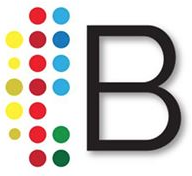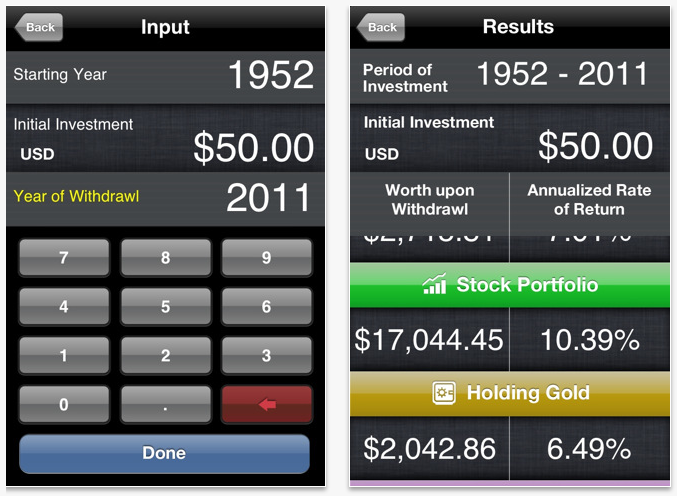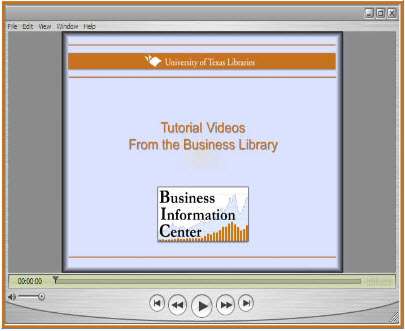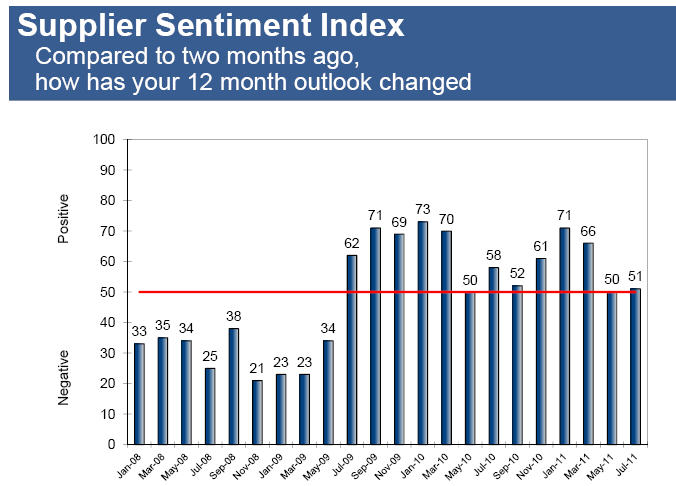This week, as I munched on junk food while watching Biggest Loser, I started thinking about the business of gym memberships. According to The International Health, Racquet & Sportsclub Association, there are nearly 30,000 health clubs in the US. About 50 million of us have gym memberships making the healthclub industry a $20 billion a year business. That's a lot of money spent on gym memberships. Especially since fewer than half of us who join in January will still be there by April, according to SmartMoney. The average annual cost of a gym membership (including initiation fees) is $775. Combine that with all the money Americans spend on dieting and you might be looking for a cheaper way to a better body. Here are some ideas for staying fit on a budget:
- Some health insurance providers offer discounts on gym memberships. For example, Blue Cross Blue Shield of Texas offers a flexible membership to several big fitness center chains with no contract required. So if you give up on your New Year's Resolution by April, you won't be out a monthly fee for a plan you're not using.
- Pay your gym month-to-month rather than with an annual contract. Again, you won't be out that monthly fee if you're not using the service.
- Keep an eye out for Groupon, LivingSocial or other daily deal sites offering fitness classes at a discount.
- Check your local city for community fitness programs. Austin Parks Foundation is currently offering free Yoga in the Park every Wednesday in October.






























